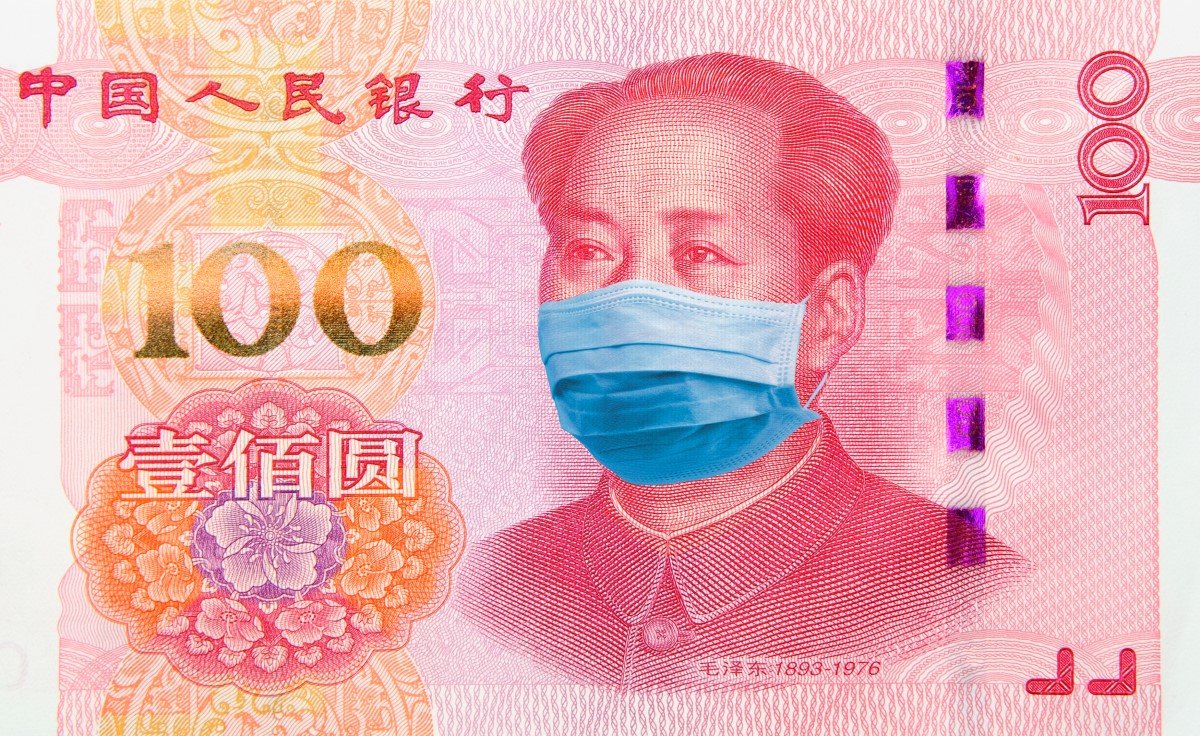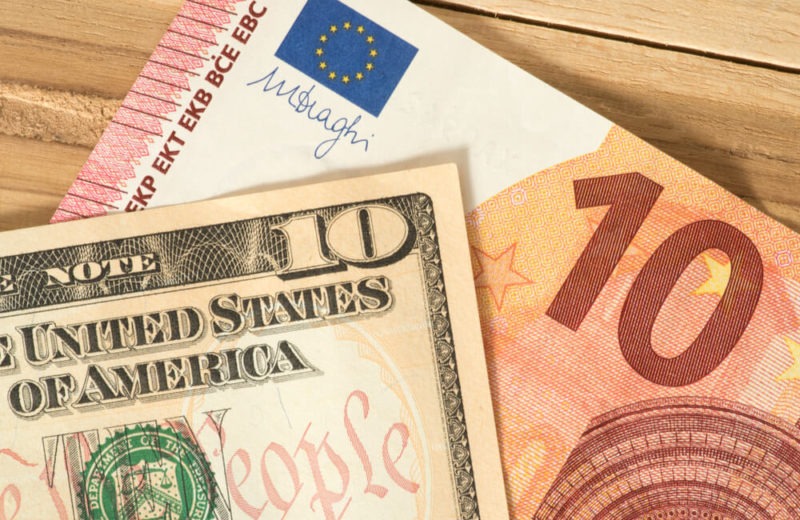Let’s check the market. Against the safe-haven, the dollar held steady. Trading in currency markets highlighted the trepidation of investors over the prevailing uncertainty in markets. This was while oil futures erased early losses to trade higher in Asia.
Moreover, as a supportive factor for the risk of trades, other currency traders pointed to a decline in the United States stock futures.
The yen is often sought as a safe-haven during times of economic and market stress. It is because of Japan’s current account surplus.
On Monday, in Asia, the yen rose 0.33% to 108.15 per dollar. Against New Zealand and Australian currencies, the yen jumped more than 0.4%.
The yuan traded at 7.0424 per dollar in the onshore market. The coronavirus initially emerged in China late last year. Thus, it dealt with the world’s second-largest economy as a severe blow.
On Tuesday, China is expected to release export data for March. It will closely watch for signs of the pandemic’s damage to the global economy.
The Dollar
The United States dollar held steady at 0.9661, against the safe-haven Swiss franc.
In more than a week near its lowest level, the dollar traded at $1.0928 per euro.
Further declines in the dollar might be tiny with speculative net short positions in the United States currency having risen to their highest since May 2018. According to calculations by Reuters and the United States Commodity Futures Trading Commission data.
Pulling back from a four-week high, the Australian dollar slipped 0.17% to $0.6338. Moreover, as investors shunned risky trades, the New Zealand dollar fell 0.21% to $0.6072.
The sterling held steady at $1.2470 and last fetched 87.67 pence per euro.
Moreover, after Prime Minister Boris Johnson left the hospital for treatment of COVID-19, the sterling retained gains. The coronavirus caused the illness.
Investors are reacting to record oil output cuts. Oil demand is collapsing because of the coronavirus. The pandemic is encouraging risk-off trades.














